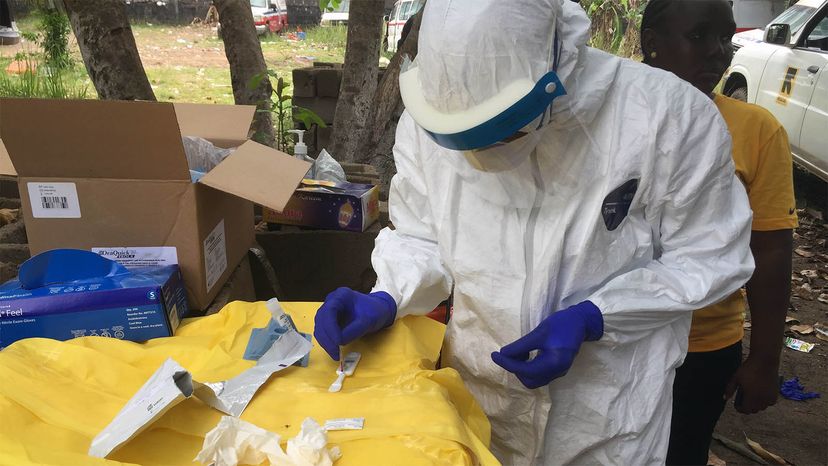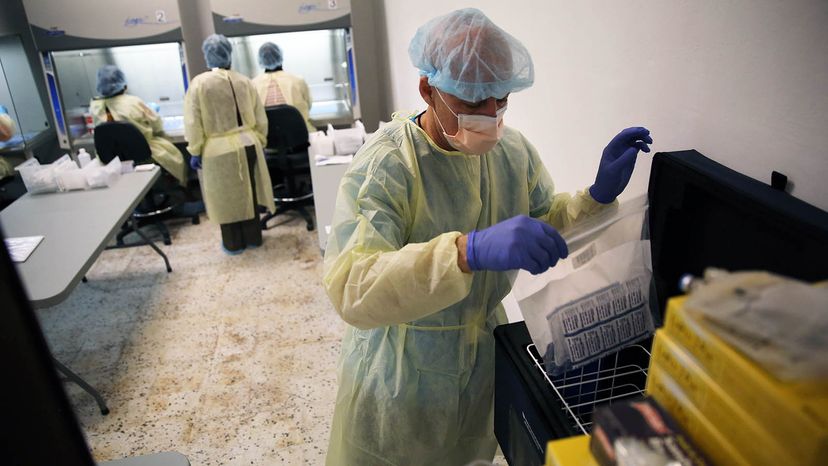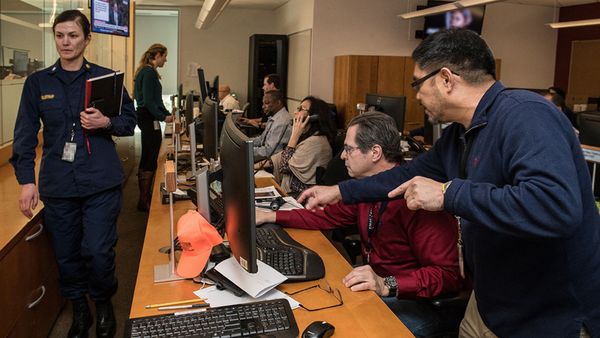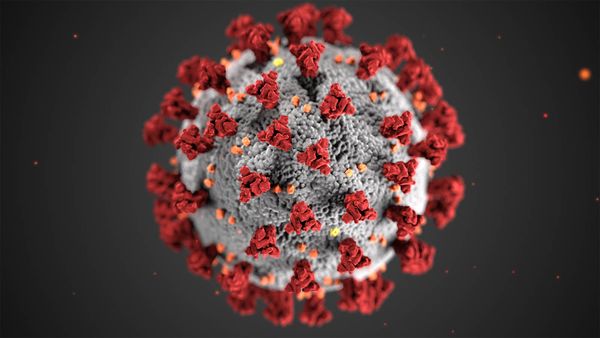In order to perform quantitative analysis and mathematical modeling, epidemiologists need data.
"Surveillance is the cornerstone of epidemiology," says Dr. Benjamin Lopman, professor of epidemiology at Rollins School of Public Health at Atlanta's Emory University. Epidemiologists need to know how many people are getting a disease, where they are and who they are. Generally, organizations like the CDC or local, state or federal government public health agencies collect the data epidemiologists use.
"Whenever a new pathogen emerges, there is so much to learn," Lopman says. Understanding how transmissible a disease is crucial in controlling its spread (more on that in minute). To quantify and measure transmission, epidemiologists use the Basic Reproduction Number (R0) (pronounced "r-nought"), which is the number of individuals that will be directly infected by an already infectious person.
The R0 is used to estimate the severity of an outbreak. If the number proceeding R is greater than 1, it means that every person infected will infect that number of people. For instance, the R0 of measles is 10-15, while for seasonal flu it's 1.5, according to Lopman. The estimated R0 for COVID-19 is currently 3. So that means on average, every person positive for coronavirus will create three new cases.
There are several factors that affect transmission, such as how well a pathogen can survive on surfaces and how quickly people might get sick or pass it on.
"When infection leads to a debilitating illness, it can be easier to detect and track cases, thus leading to easier containment," says Dr. Matthew Freeman, associate professor of epidemiology at Rollins School of Public Health. But sometimes, people can be asymptomatic, meaning they're carriers without symptoms.
With the novel coronavirus outbreak in Washington state, the first case was determined to be someone who had known contact from travel. However, several weeks later, a similar strain was found in other people in the area who had not traveled, which meant that the virus had been begun circulating in the population, a term known as "community spread."
Without good public health surveillance, epidemiologists wouldn't able to properly track the spread of disease. Early testing is a critical part of this equation.
"One of the tools epidemiologists have in our toolbox is surveillance," Omer says, but if the first view of a disease occurs when patients end up in the ICU, "the concern is that you are getting just the tip of the iceberg."





